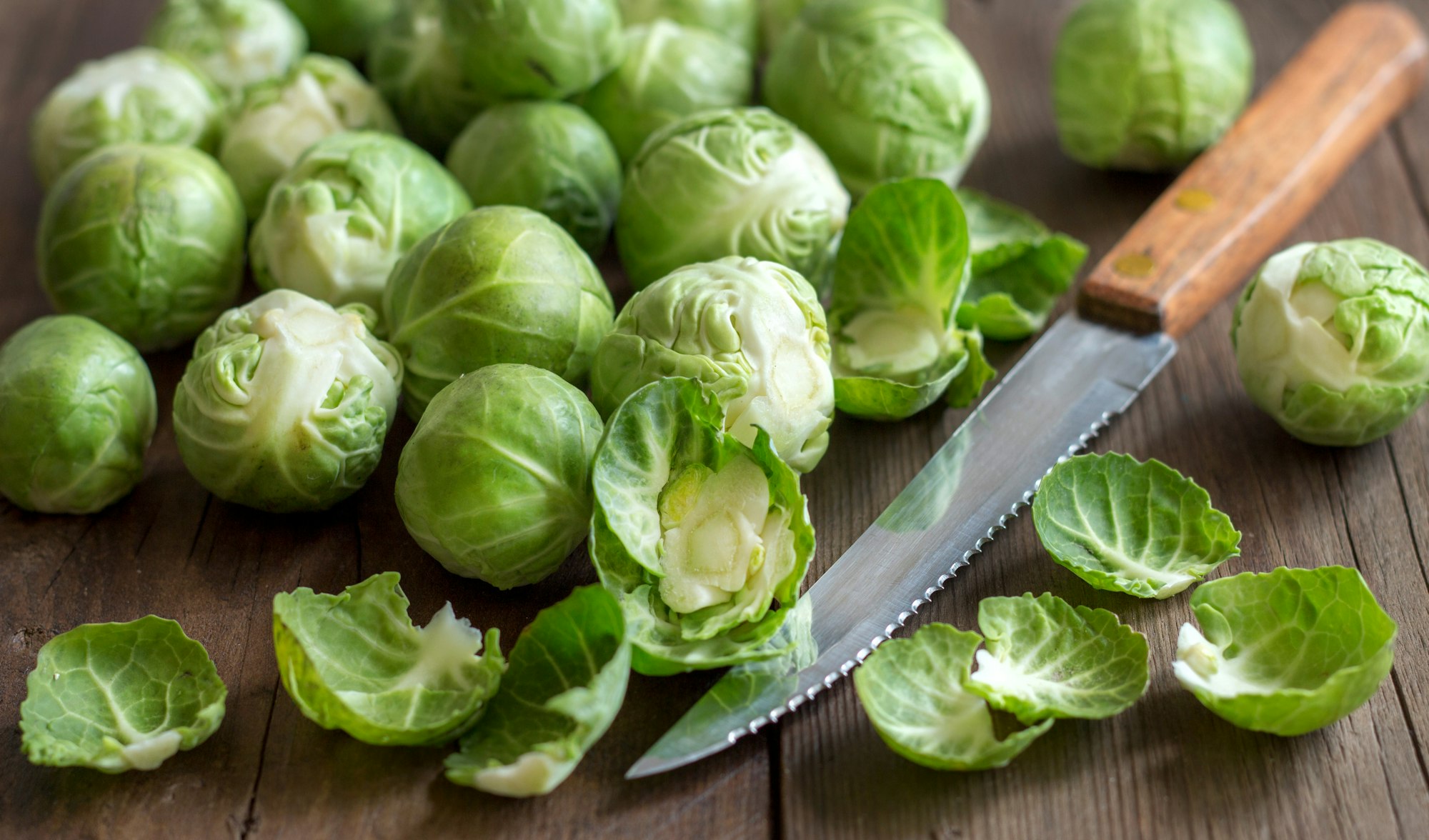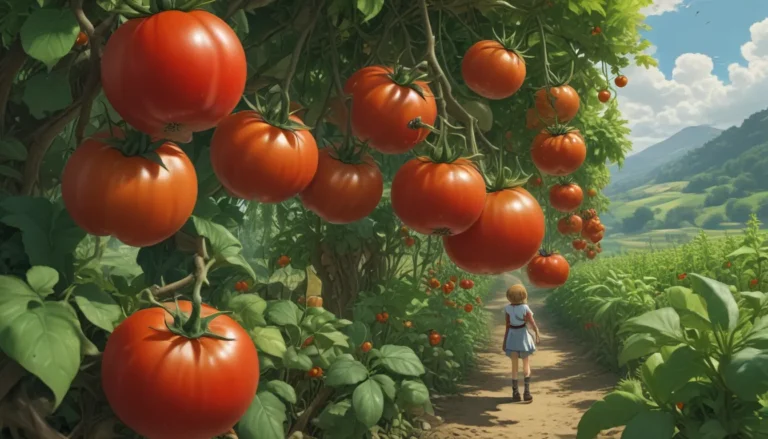Complete Guide to Successfully Growing Brussels Sprouts in Winter

Are you a gardening enthusiast looking to expand your winter vegetable garden? Consider adding Brussels sprouts to your crop list! These nutrient-packed miniature cabbages are not only delicious but also well-suited for cool weather cultivation. In this comprehensive guide, we’ll walk you through the steps to successfully grow Brussels sprouts in winter, ensuring a bountiful harvest of these tasty veggies.
Why Grow Brussels Sprouts in Winter?
Brussels sprouts are a cold-hardy vegetable that thrives in cool temperatures, making them an excellent choice for winter gardening. Here are some reasons why you should consider growing Brussels sprouts during the colder months:
- Extended Growing Season: By planting Brussels sprouts in winter, you can extend your gardening season and enjoy fresh produce even when other crops have gone dormant.
- Improved Flavor: Brussels sprouts exposed to cool temperatures develop a sweeter, nuttier flavor compared to those grown in warmer weather.
- Pest Resistance: Many common garden pests, such as aphids and caterpillars, are less active during winter, reducing the need for pest control measures.
- Nutritional Benefits: Brussels sprouts are packed with vitamins, minerals, and antioxidants, providing a healthy addition to your winter diet.
Choosing the Right Variety
When selecting Brussels sprouts for winter gardening, opt for varieties that are well-adapted to cold temperatures. Some recommended varieties include:
- ‘Jade Cross’: A compact, high-yielding variety that matures in 85-95 days.
- ‘Long Island Improved’: An heirloom variety known for its tolerance to cold and frost, maturing in 90-100 days.
- ‘Diablo’: A hybrid variety that produces uniform, dark green sprouts and is resistant to cold damage.
Consider your local climate and the length of your growing season when choosing a variety to ensure successful cultivation.
Planting and Care
Timing and Location
In most regions, the ideal time to plant Brussels sprouts for winter harvest is in late summer or early fall, about 12-14 weeks before the first expected frost. This allows the plants to establish themselves and begin forming sprouts before the coldest weather arrives.
Select a sunny location with well-draining soil that has been amended with compost or well-rotted manure. Brussels sprouts prefer a soil pH between 6.0 and 7.5.
Planting and Spacing
Start Brussels sprouts seeds indoors 4-6 weeks before transplanting outdoors, or purchase quality seedlings from a local nursery. When the seedlings have developed 4-5 true leaves and are about 4 inches tall, they are ready for transplanting.
Space the plants 18-24 inches apart in rows that are 24-36 inches apart. This spacing allows for adequate air circulation and room for the plants to mature.
Watering and Fertilizing
Consistent moisture is essential for the development of robust Brussels sprouts plants. Water deeply and regularly, providing 1-1.5 inches of water per week, especially during dry spells. Mulching around the plants with organic materials like straw or shredded leaves can help retain soil moisture and suppress weed growth.
Fertilize the plants with a balanced, slow-release fertilizer at planting time and again about 6 weeks later. Avoid over-fertilizing with nitrogen, as this can lead to excessive leaf growth at the expense of sprout formation.
Protecting Plants from Cold
As winter approaches and temperatures drop, it’s crucial to protect your Brussels sprouts plants from extreme cold. Here are some methods to shield your plants:
- Row Covers: Use lightweight fabric row covers to create a barrier against frost and cold winds. Secure the covers over hoops or stakes to prevent them from directly touching the plants.
- Mulching: Apply a thick layer of organic mulch, such as straw or shredded leaves, around the base of the plants to insulate the soil and protect the roots from freezing temperatures.
- Windbreaks: If your garden is exposed to strong winds, consider installing temporary windbreaks using materials like burlap or plastic mesh to reduce wind damage and cold stress on the plants.
Remember to remove any protective coverings during the day if temperatures rise above freezing to prevent overheating and allow for proper ventilation.
Pest and Disease Management
While winter gardening often means fewer pest problems, it’s still essential to monitor your Brussels sprouts for signs of infestation or disease. Common issues include:
- Aphids: These tiny, sap-sucking insects can weaken plants and spread diseases. Control them by introducing beneficial insects like ladybugs or using insecticidal soaps.
- Cabbage Worms: The larvae of cabbage white butterflies, these green caterpillars can quickly defoliate Brussels sprouts plants. Handpick the worms or use Bacillus thuringiensis (Bt) as a biological control.
- Powdery Mildew: This fungal disease appears as a white, powdery coating on leaves and can reduce plant vigor. Improve air circulation, avoid overhead watering, and remove infected leaves to manage the disease.
Regularly inspect your plants for signs of trouble and take prompt action to prevent the spread of pests and diseases.
Harvesting and Storage
Brussels sprouts are typically ready for harvest 90-100 days after transplanting, depending on the variety. The sprouts are ready when they are firm, green, and about 1-1.5 inches in diameter.
To harvest, twist or snap off the sprouts from the main stem, starting at the bottom and working your way up. Remove any yellowing or damaged outer leaves as you go. Continue harvesting over several weeks as the sprouts mature.
After harvesting, store unwashed Brussels sprouts in a perforated plastic bag in the refrigerator for up to 4-5 weeks. For longer storage, blanch and freeze the sprouts for future use.
Companion Planting
Companion planting involves growing complementary plants together to improve growth, deter pests, and maximize space. Some excellent companion plants for Brussels sprouts include:
- Herbs: Aromatic herbs like thyme, sage, and rosemary can help repel pests and improve the flavor of Brussels sprouts.
- Root Vegetables: Carrots, beets, and parsnips can be grown in the spaces between Brussels sprouts plants, maximizing the use of garden space.
- Onions and Garlic: These alliums help deter pests and can improve the overall health of Brussels sprouts plants.
Avoid planting Brussels sprouts near strawberries, pole beans, or tomatoes, as these plants can hinder growth or compete for resources.
Conclusion
Growing Brussels sprouts in winter is a rewarding experience that allows you to enjoy fresh, flavorful veggies during the colder months. By selecting the right variety, providing proper care, and protecting your plants from cold and pests, you can successfully cultivate a bountiful harvest of these nutritious miniature cabbages.
Remember to monitor your plants regularly, harvest promptly, and experiment with companion planting to create a thriving winter garden. With dedication and patience, you’ll be savoring the fruits of your labor in no time!





